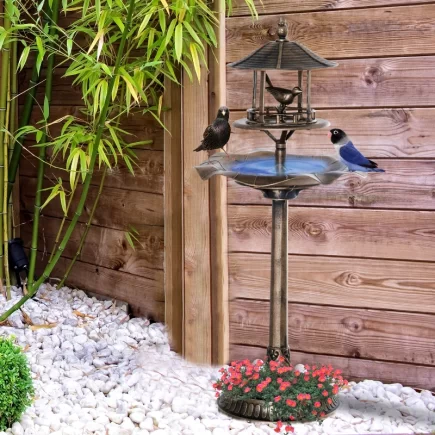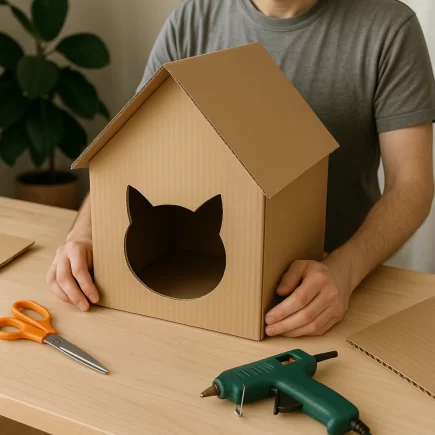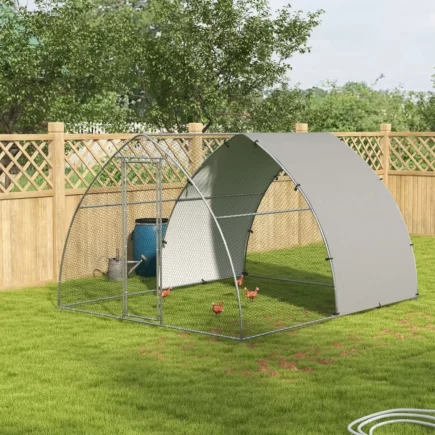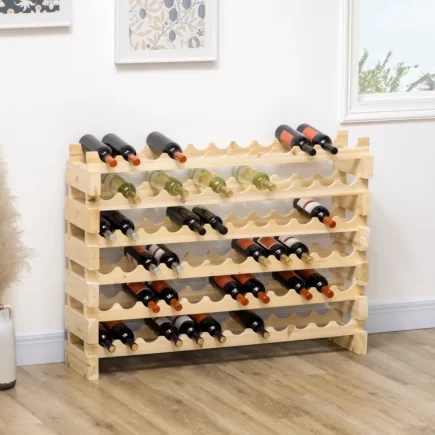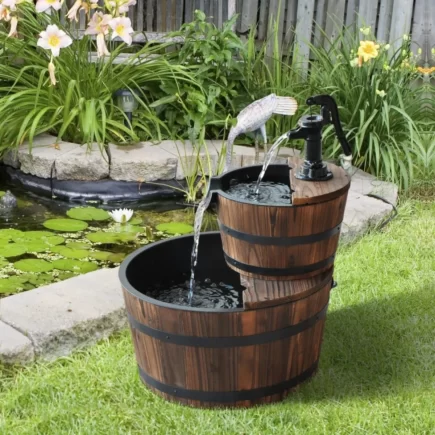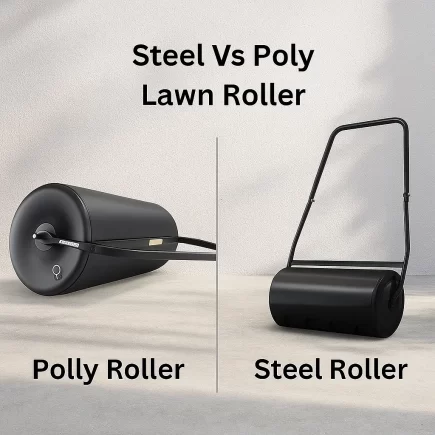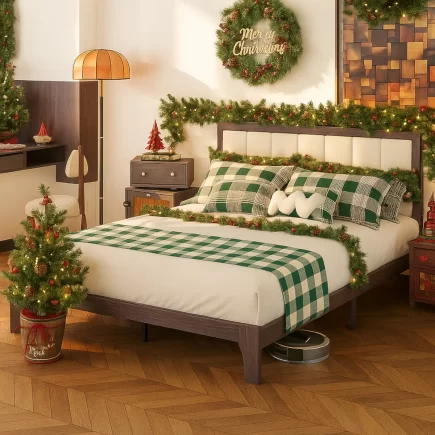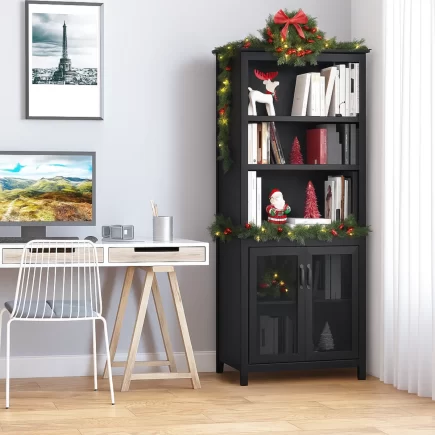A ceiling fan with light is a simple way to bring comfort, style, and efficiency into any room. It keeps air moving, brightens your space, and helps cut energy costs, all in one fixture. Modern designs feature quiet motors, dimmable LED lighting, and finishes that fit every décor, from sleek and contemporary to warm farmhouse styles.

This quick guide explains how to choose the right size, mount, lighting, and design so your ceiling fan with light complements your home beautifully and works efficiently year-round.
1. Measure Your Space First
The first step is figuring out the right fan size for your room. The size, or blade span, determines how effectively air circulates. A fan that’s too small won’t cool efficiently, and one that’s too large can create excess breeze or noise.
How to Measure Your Room
- Measure the length and width of your room.
- Multiply them to get the square footage.
- Use the chart below to match the right fan size.
| Room Size (sq. ft.) | Recommended Blade Span | Ceiling Height | Best Room Example |
| Up to 100 sq. ft. | 29–36 in | 8 ft | Small bedroom, laundry, hallway |
| 100–200 sq. ft. | 36–44 in | 8–9 ft | Office, medium bedroom |
| 200–400 sq. ft. | 44–54 in | 9–10 ft | Living room, kitchen |
| 400+ sq. ft. | 56 in or more | 10–12 ft | Great room, loft |

Pro Tip:
Keep at least 18 inches between the fan blades and walls. If your ceiling is over 10 feet, use a downrod so the fan hangs 8–9 feet from the floor. This distance allows airflow to spread evenly through the room.
2. Choose the Right Mount Type
Mounting affects how safely and effectively the fan operates. There are several options depending on your ceiling height and shape.
| Mount Type | When to Use | Description |
| Flush Mount (Hugger) | Ceilings under 8 ft | Installs close to the ceiling for low-profile rooms. |
| Standard Downrod | 8–10 ft ceilings | The most common mount; hangs blades at optimal height. |
| Extended Downrod | 10+ ft ceilings | Lowers the fan to ensure proper airflow. |
| Angled Mount | Sloped or vaulted ceilings | Uses a slope adapter to keep blades level. |

Helpful Tip:
Measure your ceiling angle before purchase. A slope greater than 30 degrees usually needs a specific angled mounting kit for stable installation.
3. Understand Blade Design and Airflow
The number, shape, and angle of the blades determine how air moves and how the fan sounds. Here’s what to keep in mind:
| Blade Count | Airflow Strength | Sound Level | Ideal Room Type |
| 3 Blades | Strong, fast breeze | Slightly louder | Large open rooms |
| 4 Blades | Balanced airflow | Medium noise | Living or dining rooms |
| 5+ Blades | Softer breeze | Quiet | Bedrooms, offices |

Tip:
Choose wider blades for spacious rooms and narrower ones for compact spaces to maintain efficient circulation.
4. Lighting Features That Make a Difference
Lighting is one of the most overlooked features when buying a ceiling fan. A good lighting setup can replace multiple fixtures and elevate the room’s atmosphere.

LED bulbs are the top choice for modern fans. They produce bright, even light, use little energy, and stay cool during operation. Many fans use E26-base LED bulbs that you can easily replace or dim.
Tip:
If you want a ceiling fan with bright light, pick one with multiple bulbs or an integrated LED panel that delivers 1,500–2,000 lumens.
5. Control and Convenience Options
A fan’s control system can completely change how you use it.

| Control Type | How It Works | Advantages |
| Wall Switch | Hardwired control panel | Consistent and reliable |
| Remote Control | Wireless adjustment | Best for rooms with high ceilings |
The reference model includes a remote with six speeds, reversible airflow, a light dimmer, and timer settings (1, 4, or 8 hours). These options help fine-tune comfort and save power.
Tip:
For tall ceilings or larger rooms, choose a remote-controlled or smart model, you’ll never need to reach up or hunt for pull chains again.
6. Seasonal Performance – Use It Year-Round
One major advantage of a ceiling fan with light is that it can help both in summer and winter.
| Season | Fan Direction | Purpose | Result |
| Summer | Counterclockwise | Pushes cool air downward | Creates a refreshing breeze |
| Winter | Clockwise | Pulls warm air down | Helps distribute heat evenly |

Reversible motors allow year-round use. In summer, they keep you cool without overusing your air conditioner. In winter, they circulate heat and reduce furnace strain.
Energy Tip:
Running your fan clockwise on low speed in winter can cut heating bills by up to 10%.
7. Check Energy Efficiency and Ratings
Ceiling fans are among the most energy-friendly cooling solutions. The key is understanding efficiency metrics.
| Fan Type | Airflow (CFM) | Watts | Efficiency (CFM/W) |
| Standard Model | 4,000 | 75 | 57 |
| Energy-Saving Model | 6,000 | 30 | 171 |
8. Noise Level and Sleep Comfort
A quiet fan can make a big difference in how peaceful your home feels. Noise is measured in decibels (dB), and the lower the number, the better for bedrooms or study areas.

| Noise Level | Sound Comparison | Ideal Location |
| ≤35 dB | Whisper | Bedroom, nursery |
| 36–50 dB | Light hum | Living room |
| 46+ dB | Noticeable | Outdoor areas |
Fans with balanced blades and solid construction stay steady and quiet even at high speeds. The ultra-quiet design shown in the images runs at ≤35 dB, ensuring comfort during sleep.
9. Style and Design Considerations
Your ceiling fan should enhance your décor, not distract from it. The goal is to find a balance between functionality and design.
| Design Style | Typical Finish | Complements |
| Modern | Black, brushed nickel | Minimalist interiors |
| Farmhouse | Wood grain, bronze | Rustic or country themes |
| Industrial | Matte black, iron | Lofts or large rooms |
| Traditional | Polished brass | Classic spaces |
The black-and-wood-grain chandelier fan seen in the visuals combines modern metalwork with a warm, rustic touch, making it perfect for both transitional and farmhouse spaces.
Tip:
To create harmony, match your fan’s finish with your room’s metal accents, cabinet handles, lamp bases, or curtain rods.
10. Material Quality and Durability
High-quality materials not only look better but also last longer and perform more safely.
| Component | Preferred Material | Why It Matters |
| Blades | ABS plastic or hardwood | Durable, resists bending |
| Motor Housing | Steel or aluminum | Strong and corrosion-resistant |
| Downrod | Coated steel | Supports fan weight safely |
| Light Shades | Tempered glass or acrylic | Distributes light evenly |
The parts shown in the product detail image demonstrate how solid build quality ensures stability. A strong frame, sturdy blades, and rust-proof finish make the fan suitable for humid areas like kitchens or covered patios.
Tip:
Avoid uncoated metal components if your fan will be installed near moisture, they may corrode over time.
11. Buying Checklist Summary
| Step | Key Question |
| Room Size | Does the blade span match your space? |
| Ceiling Height | Will you use flush, standard, or downrod mount? |
| Motor Type | Do you prefer quieter, more efficient DC power? |
| Lighting | Does it include LED bulbs or adjustable brightness? |
| Controls | Would a remote or smart app make operation easier? |
| Efficiency | What’s the fan’s CFM per watt ratio? |
| Noise | Is the decibel rating suitable for your room? |
| Design | Does the finish complement your décor? |
| Durability | Are materials rust-resistant and sturdy? |
| Warranty | How long is the motor and parts coverage? |
Keep this checklist handy when shopping so you can compare features confidently.
Choosing the right Ceiling Fan with Light is about more than function, it’s about transforming how your home feels. The perfect fan keeps you cool in summer, cozy in winter, and adds just the right glow to any space.
When you match the right size, design, and features, it becomes more than a fixture, it becomes a statement piece that combines comfort, efficiency, and style in every season.
FAQs
1. Are 3 or 5 blade ceiling fans better?
Both options can be efficient depending on the design. While 5 blades often provide a smoother, quieter airflow, a 3-blade fan with a strong motor can deliver just as much air movement with less drag. The key factor is blade pitch, fans with the right angle circulate air effectively, regardless of blade count.
2. How long do ceiling fans usually last?
Most ceiling fans last between 7 and 10 years, depending on how often they’re used and how well they’re maintained. High-quality motors and regular cleaning can extend their lifespan, while wobbling, noise, or slow speeds are signs it might be time for a replacement.
3. How to tighten a ceiling fan?
To tighten a ceiling fan, first turn off the power at the switch or breaker. Then, check each blade screw and tighten them with a screwdriver. Next, inspect the mounting bracket and downrod connections to ensure they’re secure. If the fan still wobbles, use a balancing kit or adjust blade weights for stability.
4. Do ceiling fans use a lot of electricity?
No, ceiling fans use very little electricity compared to most cooling systems. On average, a standard fan consumes between 30 to 75 watts per hour, while an air conditioner can use over 1,000 watts. Running a ceiling fan for 12 hours a day typically costs only a few cents, making it one of the most energy-efficient ways to stay comfortable and reduce overall cooling costs.


